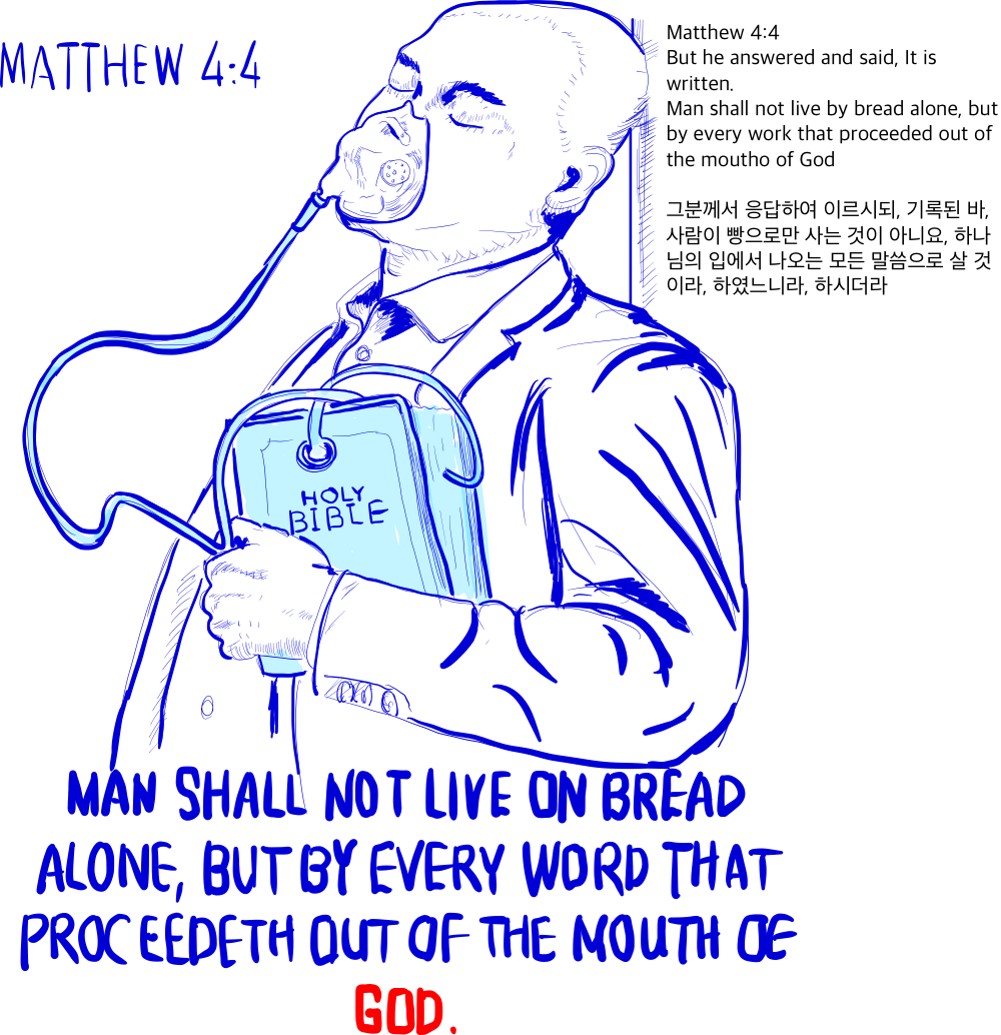
병원에서 듣는 얘기 중에서 "골반이 틀어졌네요~~" 라는 것이 있습니다. 이런 얘기를 들으면, 환자 입장에서는 살~짝 걱정하는 모습을 보게 됩니다. 그래서, 이런 얘기를 들었을 때 어떤 의미로 의사와 치료사가 얘기를 하는지 알 수 있도록 몇 가지 정리를 하였습니다.

"회전성 부정렬" 에 대해 간단히 말씀드리겠습니다.
골반은 엉치뼈(sacrum)에 대해 엉덩뼈(ilium)가 회전하기도 하고, 엉덩뼈에 대해 엉치뼈가 회전하기도 합니다.
특히 걷거나 뛰는 경우에 엉치뼈와 엉덩뼈는 서로에 대해 반대 방향으로 움직입니다.
만약에 엉치뼈와 엉덩뼈가 만나는 곳이 "엉치엉덩관절(sacroiliac joint)" 인데, 어느 한 쪽 즉 왼쪽 엉치엉덩관절(sacroiliac joint)에 염증이 생길 수 도 있고, 오른쪽 엉치엉덩관절(sacroiliac joint)에 염증이 생길 수 도 있습니다. 이렇게 염증이 생겨서 움직임에 제한이 있게 되면 이런 현상을 "엉치엉덩관절 잠김(locking)"이라는 용어를 사용합니다. 한 쪽의 엉치엉덩관절이 '잠김' 현상이 나타나면 올바르게 회전하지 않게 됩니다. 회전하지 않게 되어 부정렬되었다는 것을 의미하기 때문에, '회전성 부정렬' 이라는 용어를 사용합니다.
Examination Findings with the most common rotational patterns
|
통상적으로 회전성 부정렬(rotational malalignment)과 업슬립(up-slip)에서 가장 흔히 나타나는 결과는 서 있는 상태에서 오른쪽 엉덩뼈능선(iliac crest)이 왼쪽보다 더 높다는 것입니다. 이와같이 다양한 자세에서 무명뼈의 회전 상태, 움직임 장애, 발의 상태 등에 대해 정리를 하면 다음과 같습니다.
1) 오른쪽 무명뼈의 전방 회전, 왼쪽 무명뼈의 후방 회전
'Anterior' rotation of the right innominate,
'Posterior' rotation of the left innominate
2) 움직임 장애 (dysfunction of movement) : 일반적으로 엉치엉덩관절의 '잠김'
usually 'locking' of the right sacroiliac (SI) joint
3) 체중 부하 (weight-bearing) :
오른쪽 발 엎침(right foot pronating)
왼쪽 발 뒤침 (left foot supinating)
4) 보행 (gait) :
오른쪽 발은 가쪽으로 (right leg turned outward)
왼쪽 발은 안쪽으로 (left leg turned inward)
(external and internal rotation, respectively)

Standing (서 있는 상태) |
1) 보상성, 대조적 허리/등/목 만곡
(Compensatory, reversing lumbar, thoracic and cervical curves)
2) 골반 경사(Pelvic Obliquity) : 대부분 오른쪽이 (올라간다)
(most often right side higher - inclined to right)
3) 골지표(Bony landmarks) :
오른쪽 앞위엉덩뼈가시(ASIS)는 하방으로 회전하고
오른쪽 뒤위엉덩뼈가시(PSIS)는 상방으로 회전한다
* 왼쪽에서는 반대 현상이 나타난다
4) 골반 회전(가로면)(Pelvic rotation (trasnverse plane) :
좌측(후방 무명뼈 회전 쪽)으로 감소
decreased to the left (into the side of the left 'posterior' innominate rotation)
Sitting on a hard surface (딱딱한 면에 앉은 상태) |
1) 골반 경사 : 존재 (종종 우측이 올라간다)
Pelvic Obliquity : present (most often right side higher)
Supine-lying (바로누운 상태) |
1) 오른쪽 앞위엉덩뼈가시(ASIS)는 왼쪽에 비해 내려간다 (서 있을 때와 같다)
(right ASIS caudal (down) compared to those on the left)
오른쪽 두덩가지(Pubic ramus)도 왼쪽에 비해 내려간다(서 있을 때와 같다)
(right pubic ramus caudal (down) compared to those on the left)
2) 오른쪽 다리가 왼쪽 다리에 비해 바깥쪽으로 향하고
(Right leg turned outward relavitve to the left)
오른쪽 넙다리 안쪽이 왼쪽에 비해 약간 전방을 향한다
(right inner thigh appears to face more anterior compared to the left)
Prone-lying (바로누운 상태) |
1) 오른쪽 뒤위엉덩뼈가시(PSIS)가 좌측에 비해 올라간다
The right PISI lies cephalad (up) compared to the left.
Changing position from long-sitting to supine-lying
|
1) 외견상 다리 길이 차이에 변화가 생긴다
가장 흔한 경우는 오른쪽 다리가
무릎을 펴고 앉은 상태에서는 더 짧고,
바로 누운 상태에서는 더 긴 경우이다.
The apparent leg differences changes (shifts), the most frequent presentation being: right leg shorter in long-sitting, longer in supine-lying
2) Rule of the 5's 'L's :
' Leg Lengthens Lying, Landmarks Lower ' on side of 'anterior' rotaion
Squatting
|
1) 보통 오른쪽 넙다리가 왼쪽에 비해 더 높고 길다
Right thigh usually higher distally and 'longer' compared to the left one.
'3_물리치료 Healing is Voltage' 카테고리의 다른 글
| Knee Release Protocol _ Motion specific Release (0) | 2023.10.30 |
|---|---|
| 톰슨 테크닉의 Cervical Syndrome에 대하여 (0) | 2023.10.18 |
| Chapman’s Points Made Easy (0) | 2023.10.14 |
| Viscerosomatic Reflexes & Autonomics (내장체성반사 & 자율신경) (0) | 2023.10.14 |
| 엉치뼈 분석 2 : 앞으로 기울어진 엉치뼈의 뒤틀림 Nutated Sacral Torsion - Right on Right Oblique Axi (0) | 2023.10.11 |
